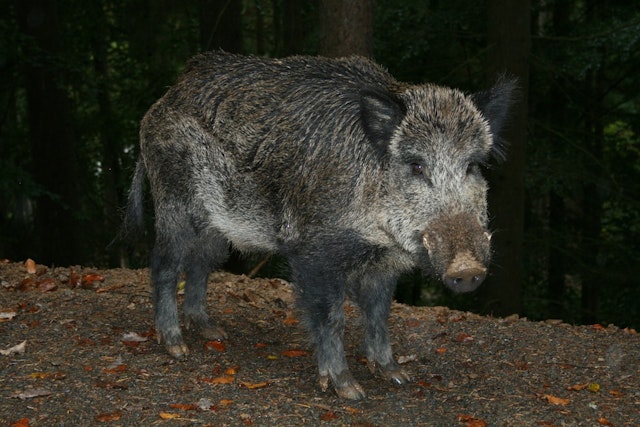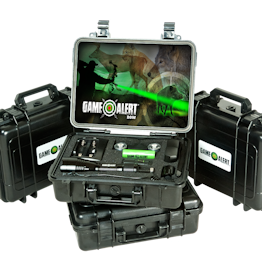How To Field Dress A Hog
Learning to field dress wild hogs properly is critical. In addition to keeping your meat delicious and edible, proper field dressing also ensures that you use as much of the animal as possible, and that you stay safe in the process.

Regardless of whether you’re a new hog hunter or an experienced hog enthusiast looking for a refresher course, these tips are for you.
How to Field Dress a Hog: 5 Steps
Once the kill is over, the work begins. Follow these five tips to properly field dress your next hog.
- Bring the right tools
Having the right tools is of the utmost importance for successfully field dressing your hog. Ideally, you want a good-quality hunting knife with at least a 4-inch blade, a folding saw, a packable hatchet, large plastic bags, game bags, rope, game hooks, pulleys and gloves.
To make these items easier to pack, organize them all in a tool bag with a strap to take with you when you leave on your next hunt.
- Hang your hog to prepare for field dressing
Hanging your hog makes the process of field dressing much easier and keeps the meat clean during the process. To hang the pig correctly, use your hunting knife to make small holes in the hog’s rear tendons, just above the hooves.
Feed the game hooks through the holes and use your rope and pulley to raise the hog high enough (using a structure like a tree limb) that you can reach all parts of its body easily.
- Skin the hog
The next step is to skin the hog. While many people attempt to skin a pig by removing all the skin at once, removing it in strips is faster and easier.
To begin removing the skin, use your hunting knife to cut two long lines from the hog’s head to its tail. Once you’ve done this, remove the skin in strips, making more cuts as you go.
- Remove the head of the hog
The hog’s head is a significant source of weight, and removing it in the field will make the hog easier to process and move.
To remove the hog’s head, use your foldable woodsman saw to make a cut into the space behind the hog’s first vertebrate. Once you’ve removed the head, you can pack it out separately (if you intend to use any of the components within it) or dispose of it.
- Take precautions to avoid disease and parasites
Wild hogs, like many animals, can carry parasites and disease. To keep yourself safe, be careful to avoid slicing or damaging the hog’s digestive organs as you field dress it.
Instead, follow the above steps and leave the removal of the internal organs to a professional butcher, who will understand how to separate them from the animal without damaging them and releasing their potentially dangerous contents. Additionally, be sure to wear gloves at all times when field dressing your hog, especially when you have any wounds or open cuts on your hands.
A Properly Field Dressed Hog: A Hunter’s Pride
A prize hog deserves a proper field dressing, and these tips can help make sure that your hog meat is delicious, clean and easy to access once the hog is home for processing. Simple precautions like wearing gloves and leaving the handling of internal organs to specialized butchers can help you avoid parasites and diseases as you process your hog in the field.












